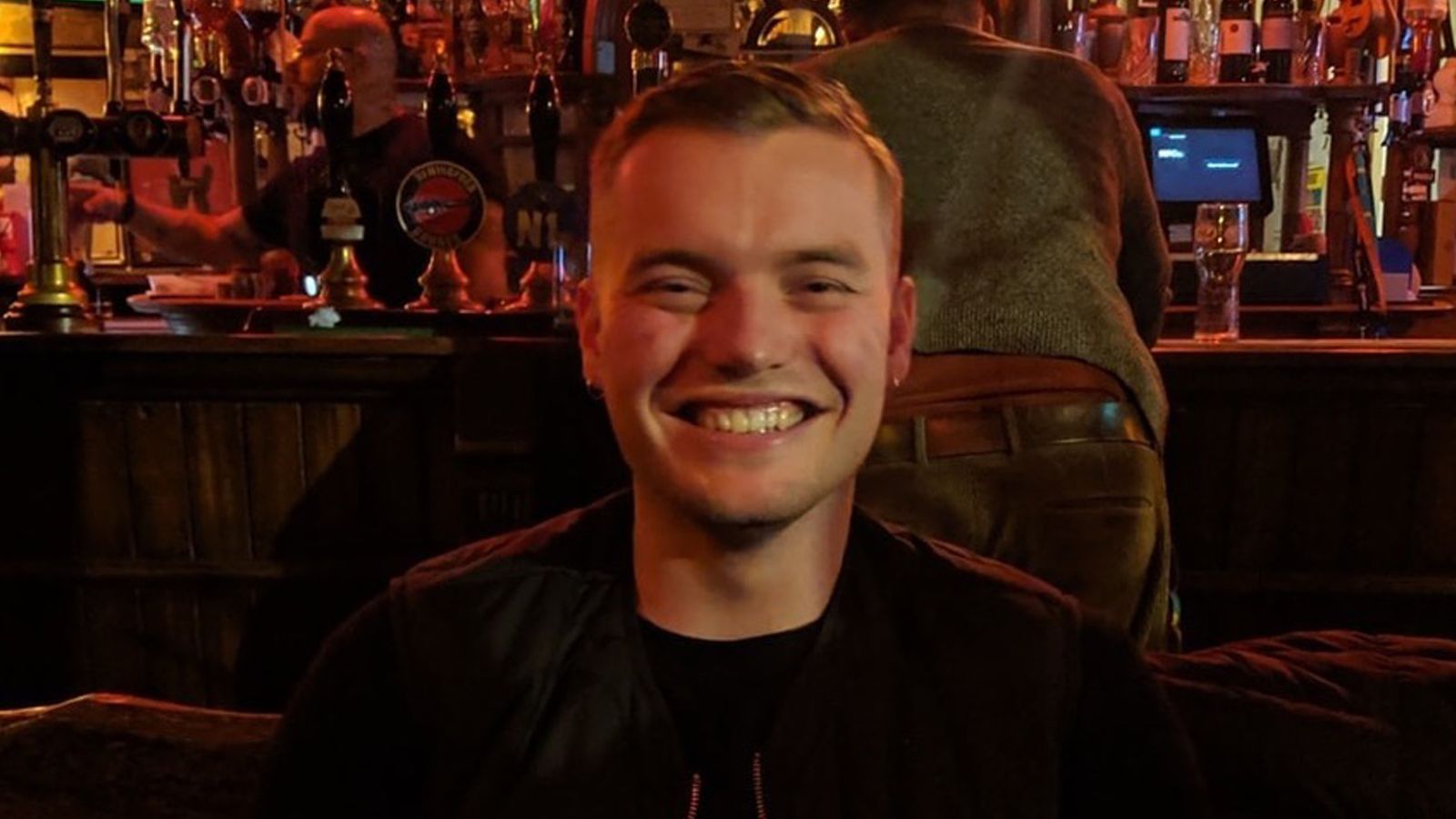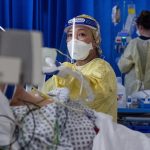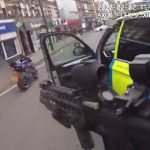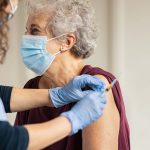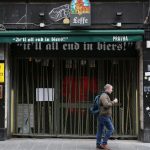Police officers were forced to halt CPR on one of the victims of the Fishmongers’ Hall terror attack because paramedics refused to enter the scene over safety concerns, an inquest has heard.
Efforts to save the life of Jack Merritt, 25, who was in cardiac arrest, were halted for five minutes while police dragged him about 200 yards on a “sked” stretcher to Monument Tube station, where emergency medics were stationed.
His chest was cut open but they could not save him and he was declared dead eight minutes later.
Mr Merritt and Saskia Jones, 23, were both stabbed to death by convicted terrorist Usman Khan during a prisoner rehabilitation conference at London’s Fishmongers’ Hall in November 2019.
Ms Jones was declared dead at the scene but Izzy Rowbotham, who suffered multiple stab wounds to her neck and upper body, was also carried from the hall for treatment and survived.
An inquest at London’s Guildhall is examining the response to the attack.
It heard that paramedics refused to come into Fishmongers’ Hall after Khan was shot dead on London Bridge – despite being told the scene was safe by armed officers.
Bodycam footage from the incident picked up one police officer telling the helicopter emergency medical service (HEMS): “There’s two critical. They need you in there now.”
Laura Pugsley, a HEMS paramedic, is heard replying: “We’re not allowed to work in a warm zone and you need to bring them back OK.”
The building was declared a “warm zone” – an area where a terrorist has recently left but to which might return – leaving medics with safety concerns.
The officer told her: “Right then we’ll drag them out. There are two people critical in there”, before adding to a colleague: “They’re refusing to come in mate.”
In fact, the inquest was told, there were no rules stopping paramedics entering a warm zone, but it was “unprecedented” – and had not been done so in the previous attack on London Bridge.
After a further discussion, the HEMS team agreed they would go in to do an assessment of the scene and then leave.
Meanwhile, a two-man tactical response unit from the London Ambulance Service (LAS) made the same decision – despite having helmets, anti-ballistic vests and additional training to treat casualties in a warm zone.
Carlton Cullinan, a paramedic from the tactical response unit, described finding unarmed police officers conducting CPR on Mr Merritt just inside the front door of the building
They had already put tourniquets on both arms and a chest seal and were trying to use a defibrillator to restart his heart.
Mr Cullinan told the inquest that he and colleague Nick Eve had come up with a plan to drag the casualties out of the hall to vehicles parked near Monument station.
Jonathan Hough QC, for the coroner, asked: “What was the rationale for taking patients in cardiac arrest from the scene, outside?”
“Purely from the danger aspect,” Mr Cullinan said. “We are able with the equipment to go into a warm zone with extra safety, with the idea that if we drag them out, we can provide more care.
“We only take the basics into a warm zone as it is not safe.”
He told the inquest that inside the hall he told the police officers to “keep doing what they were doing and once we have him on [the sked] to stop”, explaining: “You can’t do chest compressions and extricate.”
Mr Hough asked: “What is the rationale behind taking somebody out of the scene even when that involves ceasing CPR and there are lots of police around to protect you at the scene?”
“The rationale is to get out of the warm zone to somewhere more safe, to get more extensive treatment from more advanced clinicians and doctors who may potentially be able to save the patient,” Mr Cullinan said.
Just after they got Mr Merritt onto a sked and began carrying him out of the building, he realised the HEMS doctors were in the building too.
He said he told the police officers to “stop” but by then they were already down the stairs.
Dr Andrew Milne, a registrar doctor with the HEMS team, said there was “no specific guidance” on whether they could enter a warm zone.
“No HEMS teams as far as I am aware have entered a warm zone before this day,” he added.
Mr Hough asked if it was “unprecedented” and the doctor said “correct”.
Dr Milne said: “Given the hazards of that scene specifically the potential IED on the perpetrator, we felt we needed to get the patients that we had a chance of helping out to the casualty clearing area at the north end of the road leading from London Bridge as fast as possible.”
The inquest continues.
